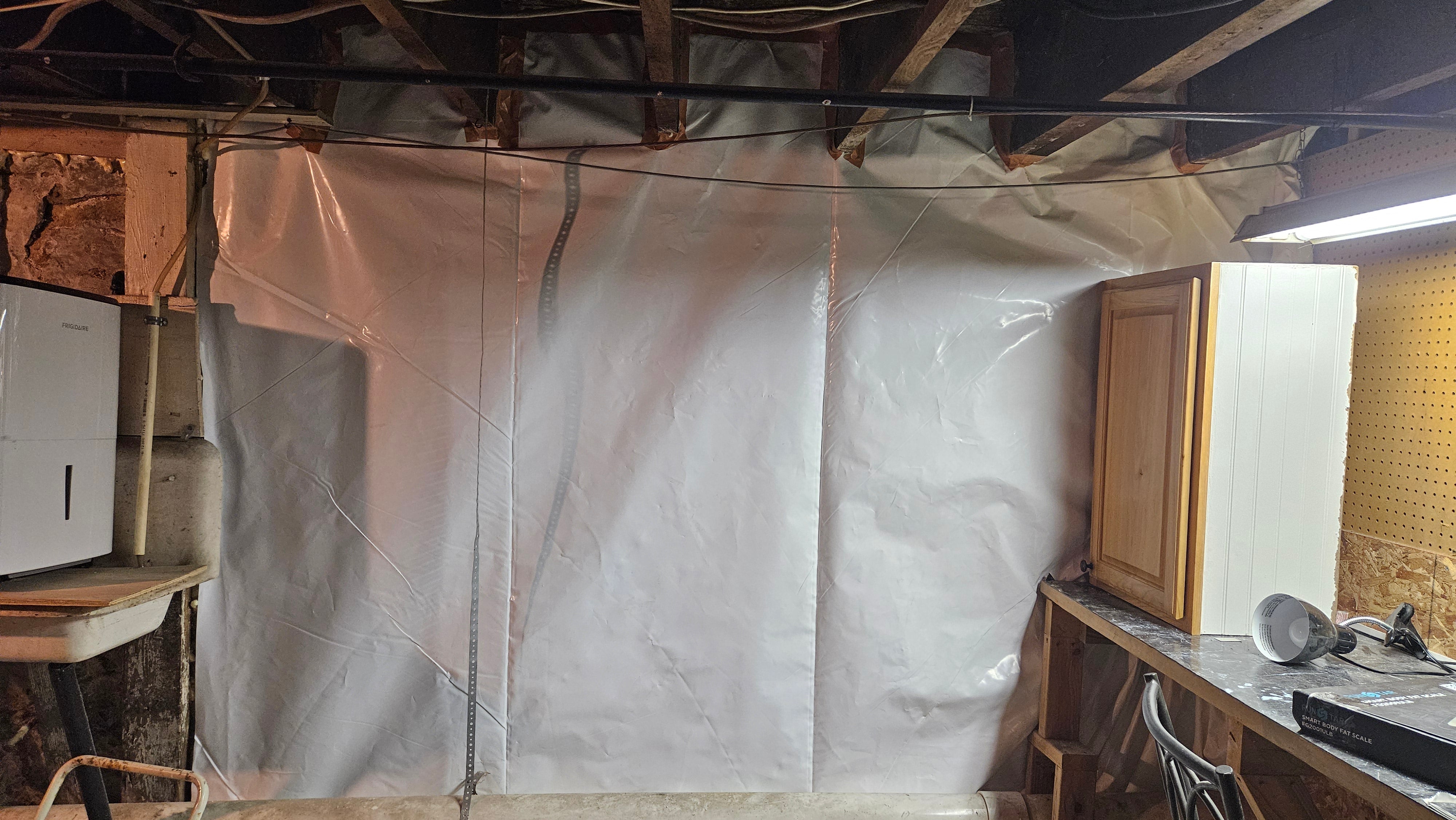
How to Waterproof Your Basement
A damp or leaky basement isn’t just a nuisance—it can lead to serious problems like mold, structural damage, and poor indoor air quality. Waterproofing your basement is one of the most effective ways to protect your home’s foundation and increase its long-term value.
In this guide, we’ll walk you through the key steps to effectively waterproof your basement, whether you’re tackling minor moisture or preparing for a full encapsulation.
💧 Why Basement Waterproofing Matters
A wet basement can result in:
-
Mold and mildew growth
-
Damage to flooring and drywall
-
Cracked foundation walls
-
Poor air quality throughout the house
-
Decreased home value
Waterproofing prevents these issues and creates a cleaner, drier, more usable space.
🔧 Step-by-Step: How to Waterproof Your Basement
✅ Step 1: Identify the Source of Moisture
Before any fix, you must diagnose the problem. Common sources include:
-
Wall cracks
-
Floor seepage
-
Poor exterior drainage
-
Leaky window wells or plumbing
🛠️ Tip: Use a moisture meter or look for signs like efflorescence (white mineral deposits) to find leak zones.
✅ Step 2: Seal Interior Wall Cracks
-
Use hydraulic cement or waterproof sealant to patch hairline cracks in walls or around pipe penetrations.
-
Apply masonry waterproofing paint or rubberized coatings for a moisture-resistant layer on interior walls.
✅ Step 3: Improve Exterior Drainage
Waterproofing starts from the outside:
-
Extend downspouts at least 6–10 feet from the foundation
-
Regrade landscaping to slope water away from the house
-
Clean and maintain gutters regularly
-
Consider installing French drains or swales if flooding is frequent
✅ Step 4: Install or Upgrade a Sump Pump
A sump pump collects groundwater from beneath your basement floor and pumps it outside.
Make sure to:
-
Install in the lowest part of the basement
-
Add a battery backup in case of power failure
-
Test regularly to ensure it's functioning properly
✅ Step 5: Add a Vapor Barrier to Interior Walls
Applying a basement wall vapor barrier prevents ground moisture from entering through porous concrete.
Crawldryer recommends:
-
Heavy-duty polyethylene vapor barriers (12–20 mil)
-
Full-height wall coverage, sealed at seams and around penetrations
-
Taped and fastened using waterproof adhesive and mechanical anchors
✅ Step 6: Consider Full Encapsulation (Optional)
For severe or long-term moisture problems, full basement encapsulation may be necessary. This includes:
-
Vapor barriers on walls and floor
-
Dehumidifier installation
-
Foundation crack repair
-
Drainage system integration
🔍 Maintenance Tips After Waterproofing
-
Monitor humidity levels (ideal: under 60%)
-
Inspect seals, tape, and sump pump every 3–6 months
-
Run a dehumidifier during humid months
-
Avoid storing cardboard or organic materials directly on the floor
🏠 Conclusion
Waterproofing your basement may take effort, but it’s a critical investment in your home’s health and value. Whether you’re stopping minor leaks or performing a full encapsulation, proper preparation and reliable materials are key.
Crawldryer offers professional-grade vapor barriers, adhesives, and tools to help you create a lasting moisture defense system for your basement.